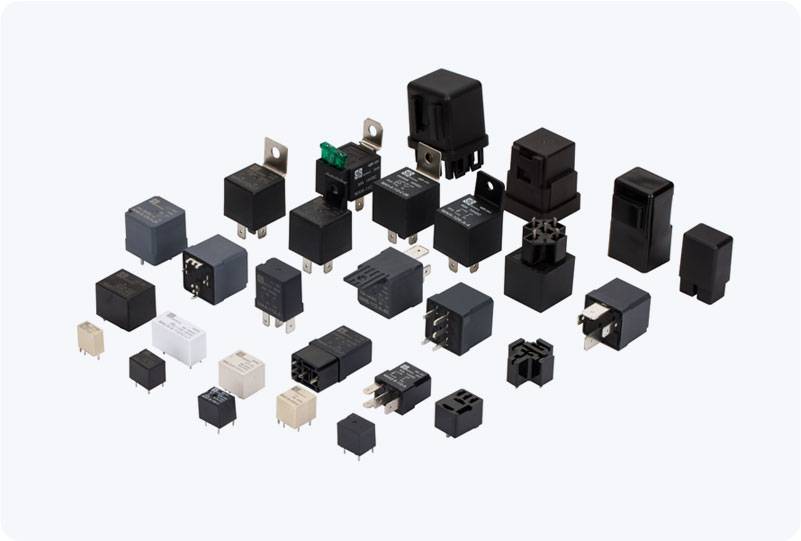understanding iot relay module: a key component for smart home automation
Release time:2025-08-15 09:10:42
The Internet of Things (IoT) has revolutionized the way we interact with technology, making it possible to control devices remotely, automate tasks, and monitor systems. One of the essential components that enable this seamless integration of physical devices with the internet is the IoT Relay Module. This device plays a crucial role in home automation, industrial control, and even security systems by allowing users to remotely control high-voltage appliances, ensuring convenience and efficiency. In this article, we will explore the IoT Relay Module, its functions, applications, and how it works in the realm of IoT.

What is an IoT Relay Module?
An IoT Relay Module is a small electronic device designed to enable remote control of electrical appliances by interfacing them with an IoT network. It acts as a bridge between low-power, low-voltage IoT devices (like microcontrollers or smartphones) and high-power, high-voltage systems (like lights, fans, or industrial machinery). Essentially, the module contains a relay—a switch that can control the flow of electricity—coupled with an IoT connectivity option such as Wi-Fi, Bluetooth, or Zigbee.
The relay is the key component that allows you to turn devices on or off remotely. It works by opening or closing electrical contacts based on the input it receives, which can come from a smartphone app, voice command, or automation system. The IoT aspect of the relay module means that it can be controlled over the internet, giving users the ability to interact with their devices from anywhere, at any time.

